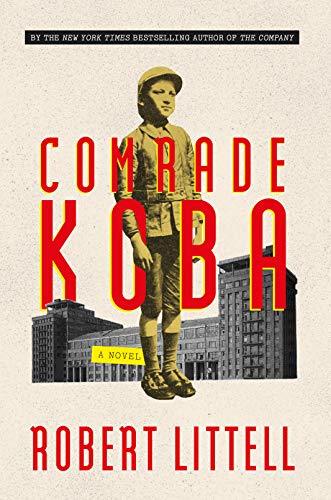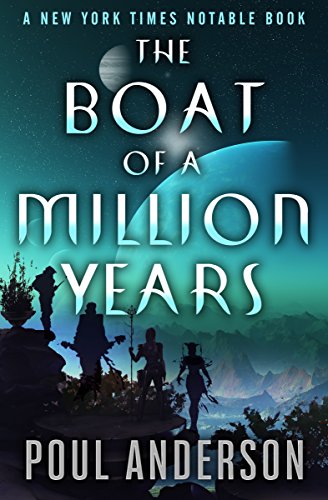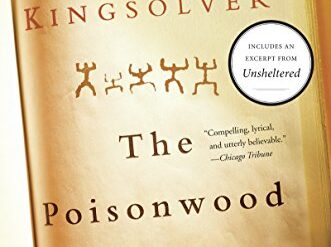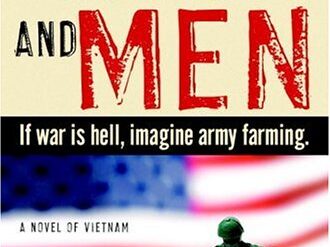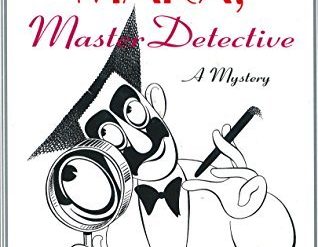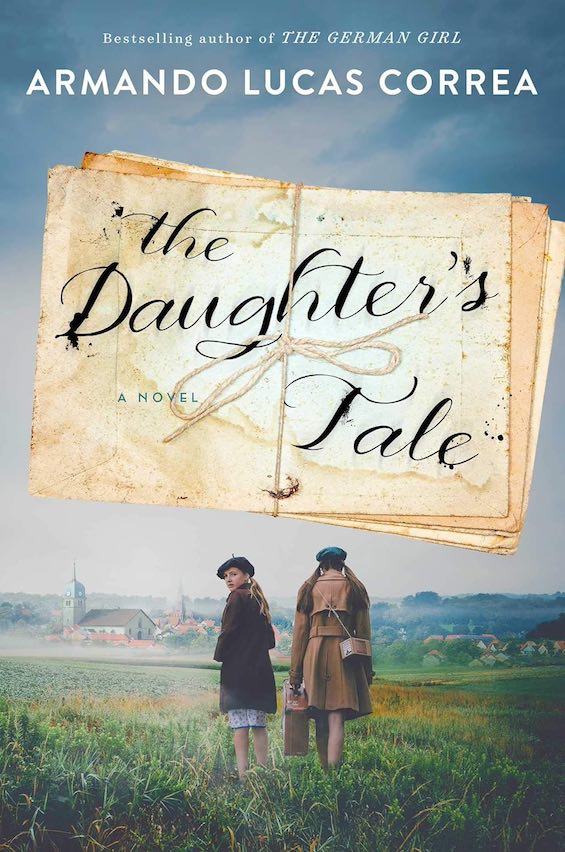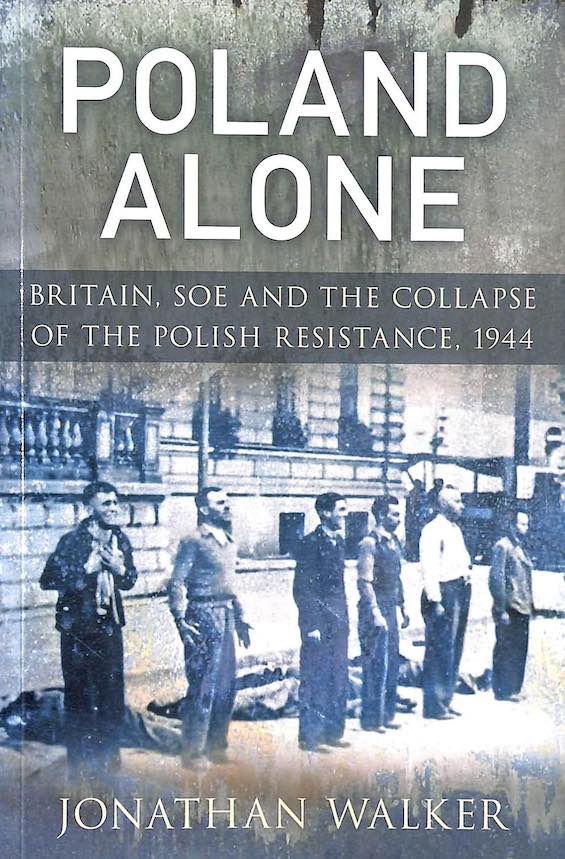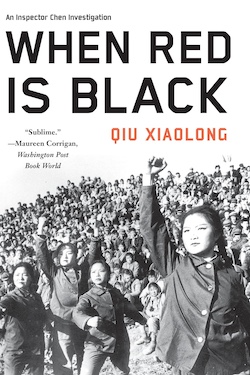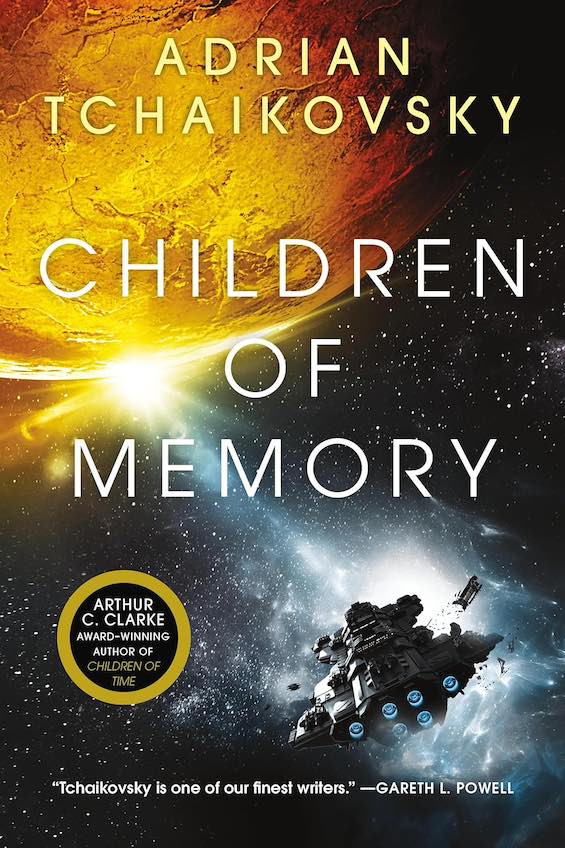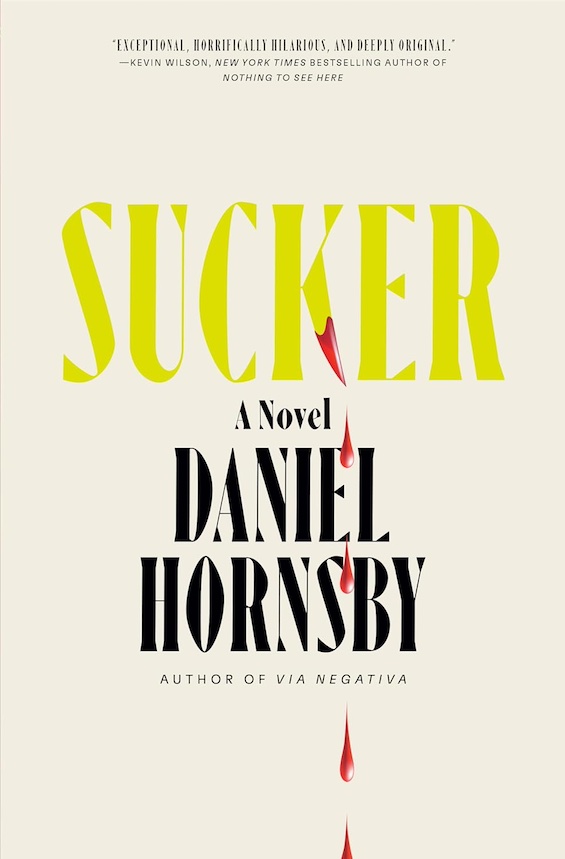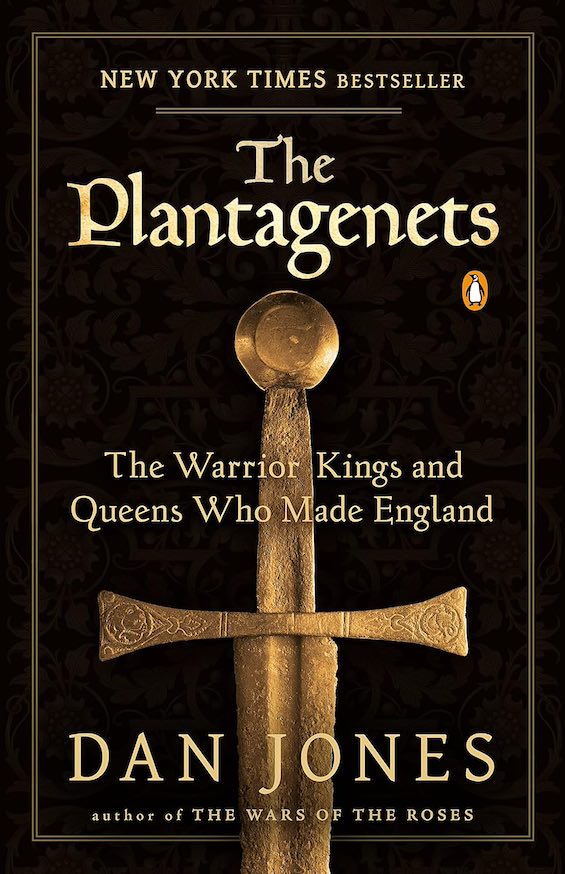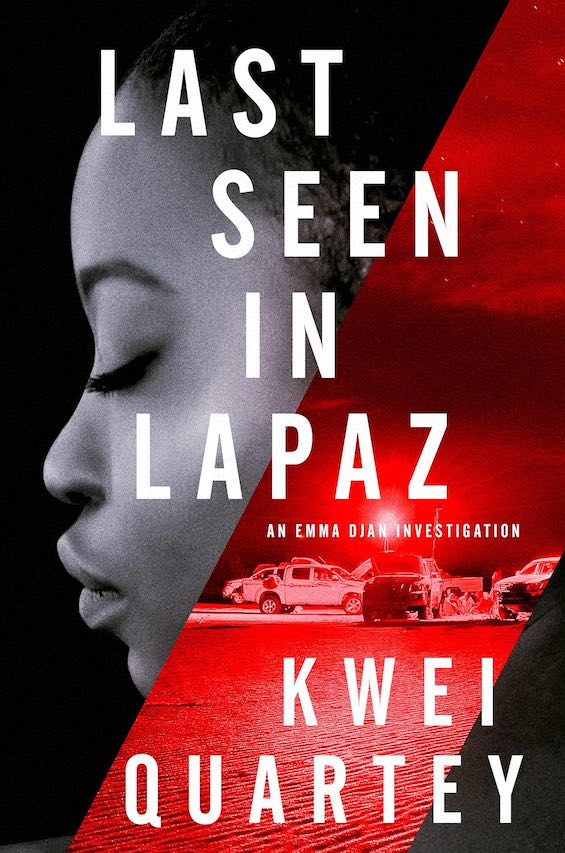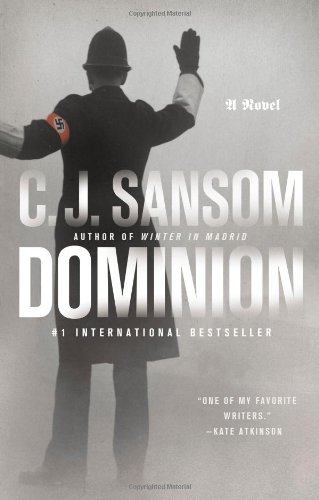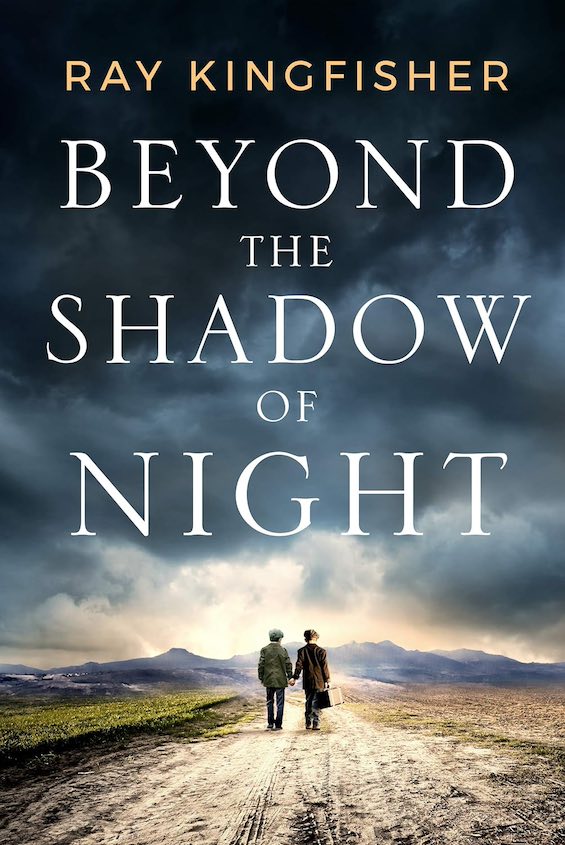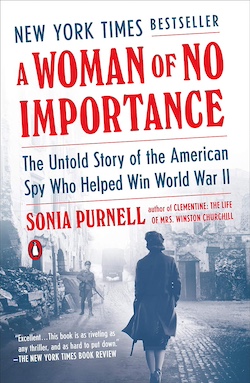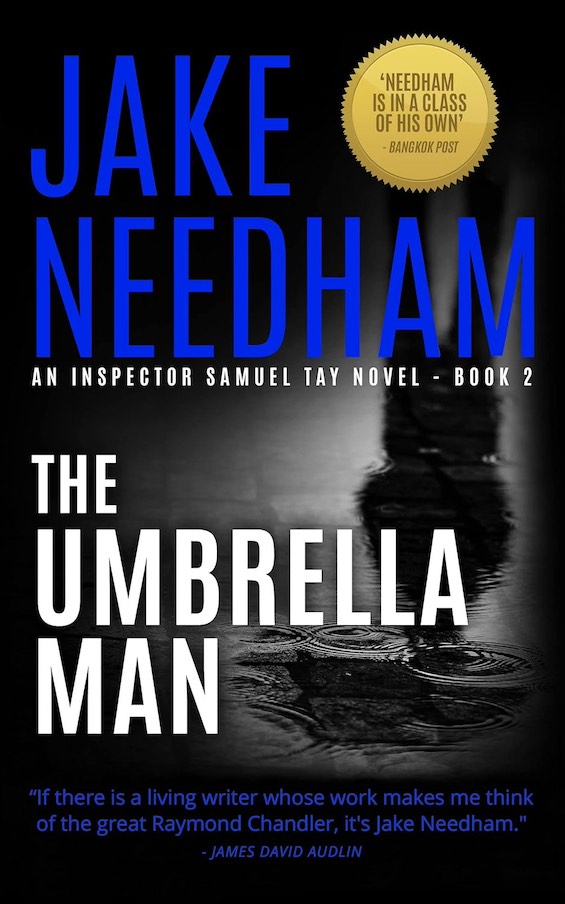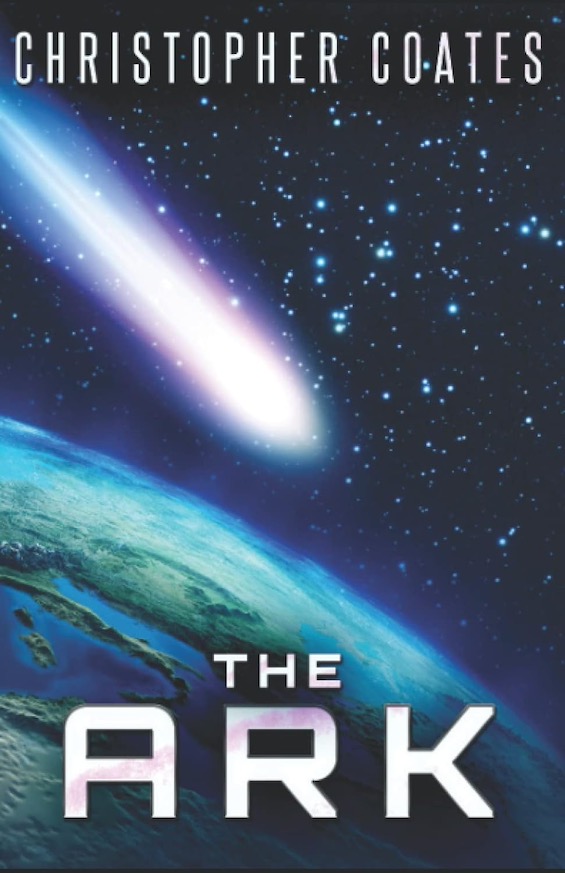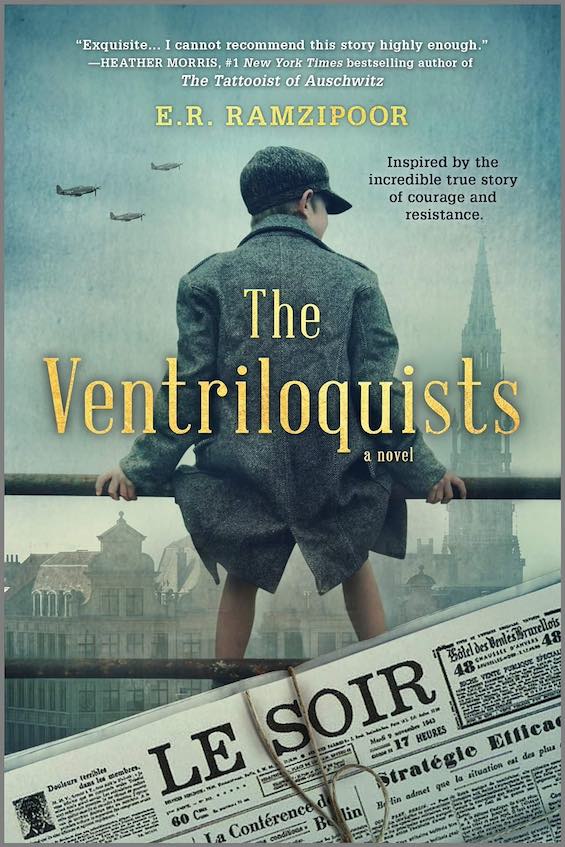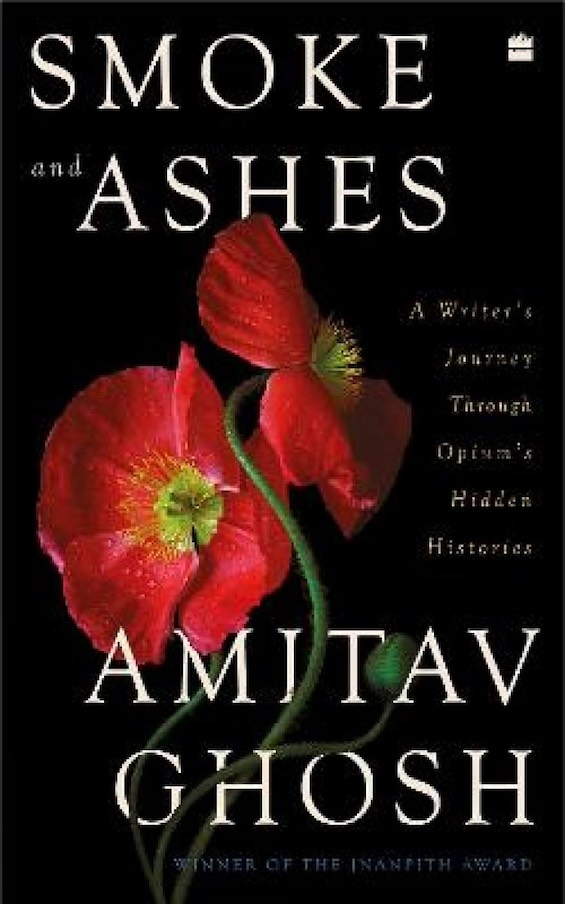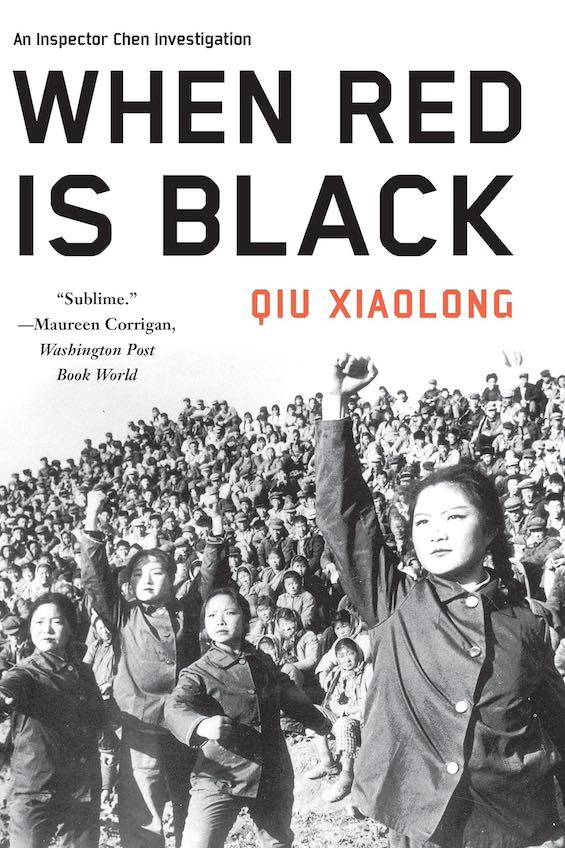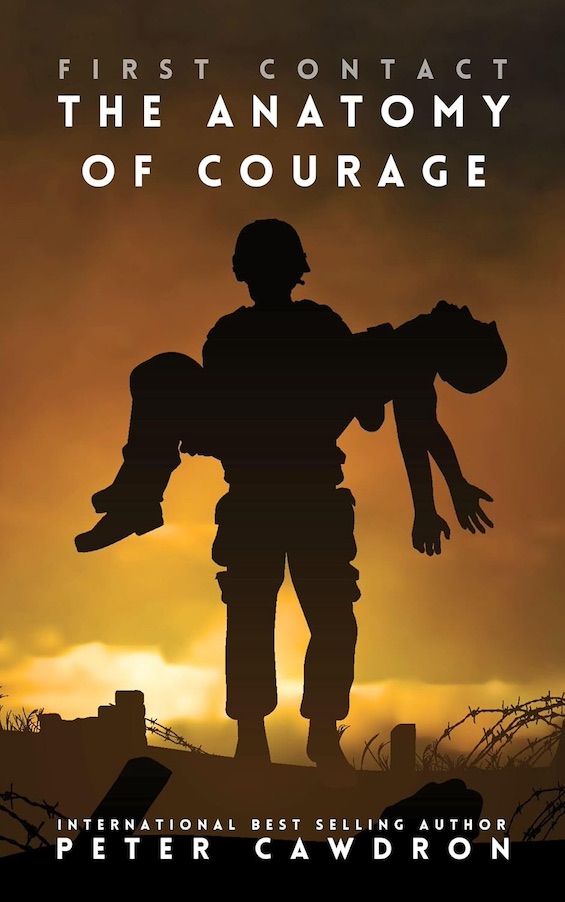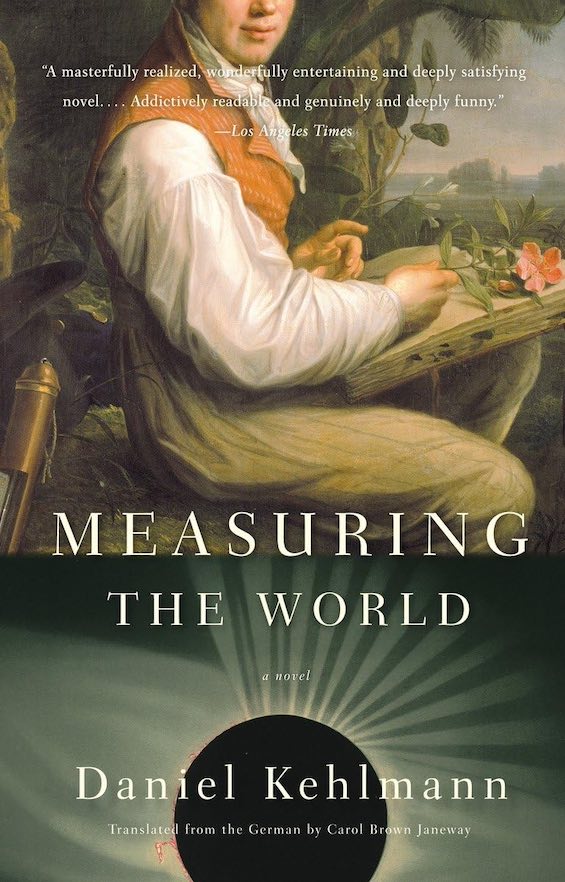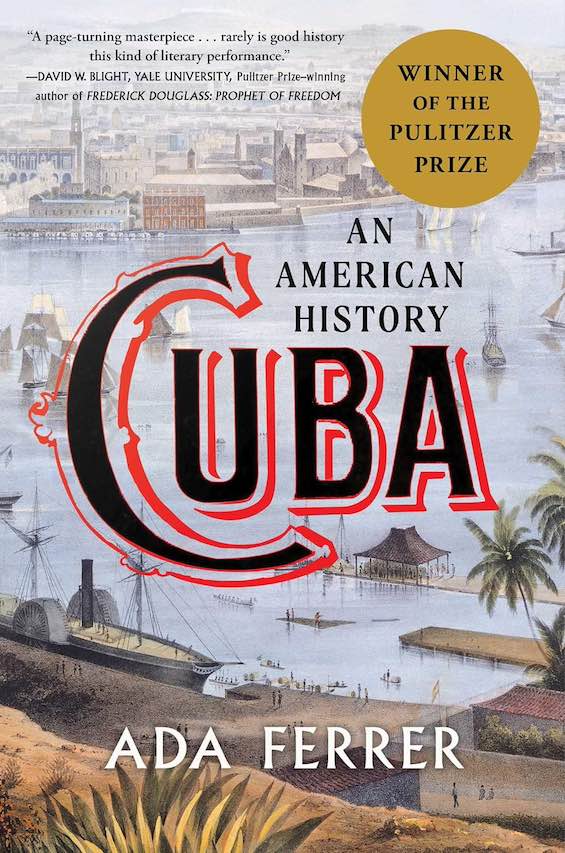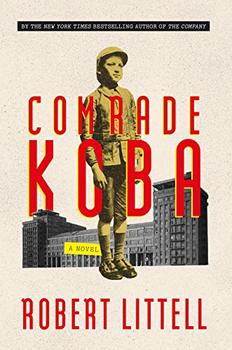
Across the Moscow River from the Kremlin lies the House on the Embankment. Built from 1928 to 1931, as Joseph Stalin was cementing his power at the helm of the Soviet Union, the building housed the nation’s elite. Top Party aparatchiks. Leading scientists. Artists. Writers. Journalists. Sports stars. Generals. Spies. Thus, during the purges of the 1930s, which eviscerated the Communist elite, the building witnessed the highest per capita arrests and executions of any residential building in Moscow. And it’s there that the acclaimed espionage novelist Robert Littell sets his inventive twentieth novel, Comrade Koba. It’s a biography of Joseph Stalin, a journey through Soviet history through the twisted mind of the dictator himself.
Estimated reading time: 6 minutes
The historical setting
In the early 1950s, Joseph Stalin was dying. He had ruled the Soviet Union unchallenged for a quarter-century, his paranoia unchecked by the toadies who surrounded him. Nobody loved Stalin. They feared the man, mindful that he had executed hundreds of those closest to him in the Communist hierarchy and even forced his own wife to commit suicide. And despite his encroaching death and the desperate need for able medical treatment, he launched a purge of the predominantly Jewish medical establishment. Stalin, or his henchman Beria, concocted a conspiracy theory called the “Doctors’ Plot” and proceeded to have dozens of physicians arbitrarily arrested and tortured until they confessed to planning the murders of senior Party officials.
Comrade Koba by Robert Littell (2020) 176 pages ★★★★☆
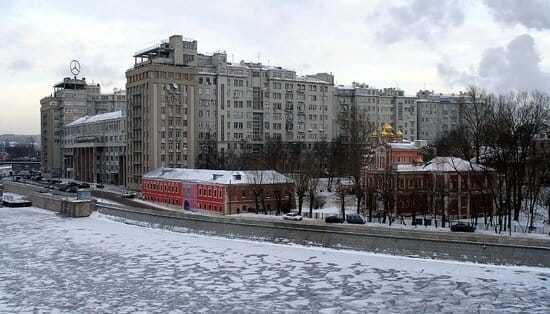
A biography of Joseph Stalin as told to a child
A ten-year-old narrator
Against this backdrop Leon Rozenfeld enters the scene. He is “ten and a half.” Leon is the son of a nuclear physicist who had lost his life from radiation poisoning when working on the first Soviet atomic bomb. His mother, a physician, had been arrested by the NKVD in the roundup attributed to the Doctors’ Plot. The family was Jewish, though unobservant. Roaming free through the House on the Embankment, Leon joins other children whose parents had fallen victim to Stalin’s paranoia. And they manage to evade the notice of adults by slinking through the building’s many secret rooms and passageways known only to them.
The secrets of the House on the Embankment
Leon is a prodigy. From his father, “I learned about relativity, electromagnetism, gravitation, quantum mechanics, particle physics, non-Euclidean geometry, the way babies learn Russian. . . My dad once told me, at the rate I was going, I could apply to Moscow State University when I reached thirteen. Hey, if I somehow reach thirteen I’d love to go to university. Most of the girls there probably have breasts.” Yes, Leon is otherwise a normal boy and adventurous to boot. Hunting through the building’s many basement levels and secret tunnels, he finds his way underground across the river to the Kremlin—and up a secret stairway into Joseph Stalin’s apartment. Except that Leon hasn’t a clue where he is.
A meeting with an “assistant tsar”
When Leon then blunders into the dictator’s office in 1953, all he sees is an old man, scarred by smallpox, with a withered arm, unwashed gray hair, the coloring of a corpse, and “cloves of garlic on a string around his neck.” Since the old man bears no resemblance to “esteemed Comrade Stalin,” the boy accepts his claim that he is Koba, a revolutionary colleague of Stalin’s. (The name was, in fact, one of Stalin’s many noms de guerre in the Revolution.) He describes himself as “sort of an assistant tsar who helps run the country.” The boy sees no reason not to believe this. He is delighted when the old man orders his unusually attentive “housekeeper” to bring him “two heaping scoops of vanilla ice cream smothered in chocolate sauce.”
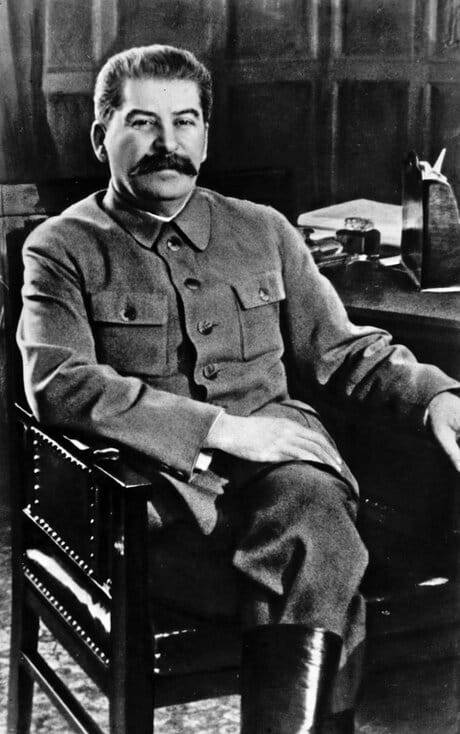
Conversations with Joseph Stalin
Soviet history as told by Joseph Stalin
In a series of several visits to the old man, Leon learns the story of the dictator’s life and records it verbatim in his journal. It’s a picture of the Communist Revolution through the eyes of the man who guided its fortunes for nearly three decades—an authorized biography of Joseph Stalin, if you will. And somehow Littell pulls it off. It’s all there. Stalin’s miserable childhood in Georgia and his time at the seminary in Tiflis. The fraught relationship with Lenin and especially Lenin’s wife, Krupskaya. The underhanded effort to build a personal power base in the Party while other leading Bolsheviks fought the Whites in the Russian Civil War. The collectivization of agriculture and the ensuing mass famine and murder of the kulaks. The purges of the 1930s. The war with Germany.
As “Koba” tells the boy, “Written history tells us more about the historian than history. It tells us what the historian has decided to remember. The Party can help him decide what to remember.” And isn’t that always the case?
It wasn’t Stalin’s fault. It was “historical inevitability”
The old man explains away all the millions who died at his hands, insisting to Leon that “any idiot can see that Stalinism was the ultimate manifestation of Communism.” In other words, it was merely historical inevitability at work once again. “A few hundred thousand kulaks croaking, a few million Ukrainian peasants dying of famine wasn’t pretty, I grant you, but it was the price we Bolsheviks had to pay for crash industrialization. The peasants, who know a thing or two about graveyards, say the death of one individual is a heartbreak, the death of one million is a statistic.” This is a biography of Joseph Stalin as the man himself would have wished.
About the author
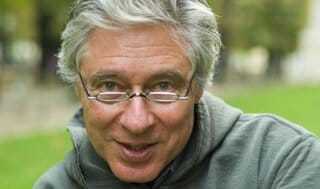
Comrade Koba was published in November 2020 as Robert Littell (1935-) approached his eighty-sixth birthday. The first of his twenty novels saw the light in 1973. He is best known for The Company (2002), a novel about the CIA that spans the period 1950 to 1995. Littell was an officer in the US Navy for four years and later took up journalism, serving as a foreign correspondent for Newsweek. He is of Russian Jewish origin
For related reading
This is one of The best books of 2021.
You might also be interested in:
- 20 most enlightening historical novels
- Top 10 historical mysteries and thrillers
- Good books about Vladimir Putin, modern Russia and the Russian oligarchy
- Russian history through indirection in “A Gentleman in Moscow”
And you can always find my most popular reviews, and the most recent ones, on the Home Page.

